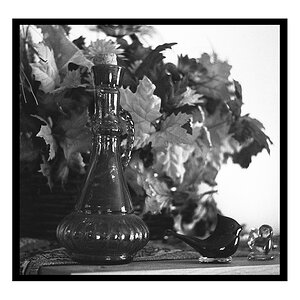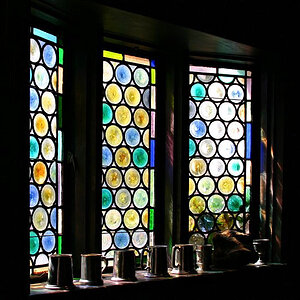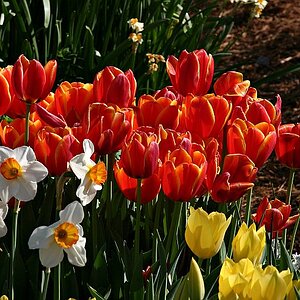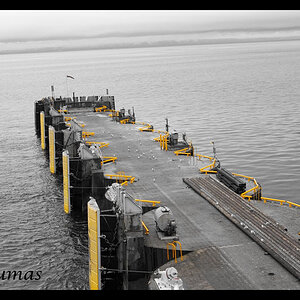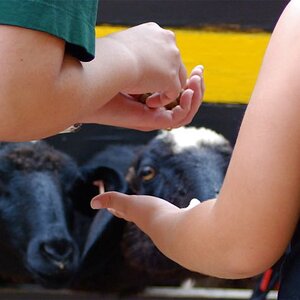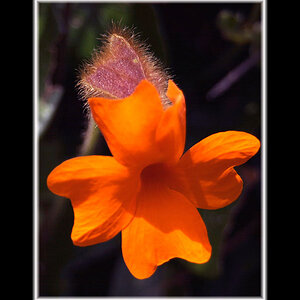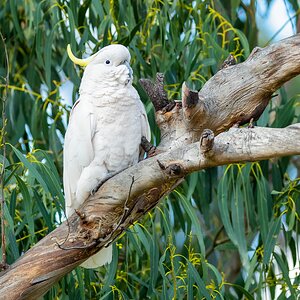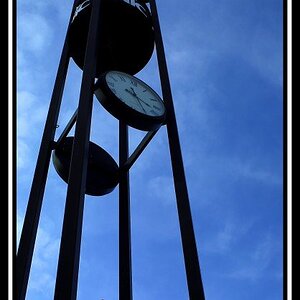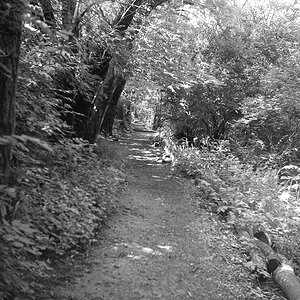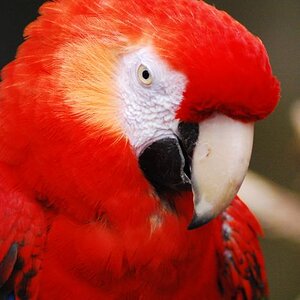markc
TPF Noob!
- Joined
- Mar 8, 2004
- Messages
- 4,237
- Reaction score
- 6
- Location
- Rochester, NY Velocity: Unknown
- Website
- www.markcarpenter.com
- Can others edit my Photos
- Photos NOT OK to edit
I guess we are driving at different points and I may be overstating things. Yes, I agree that a diffuser is better than do diffuser in that it spreads the light, but I don't think it makes up for using a built-in flash. The light is still mostly direct, the shadows are still crappy, etc., etc. And you need a flash that has enough power to overcome the fact the light is getting scattered and less is reaching the subject. And you need something around the subject to have that scattered light reach or it's not doing much good. It either needs to bounce off to soften the light on the subject, or be lit be the flash so it can show this difference you are talking about. When I was speaking of dimming, I didn't mean how the subject looked in relation, but an actual meter reading at the subject. Less light reaches it.
I'm not sure how else to put it, so I'll just let it drop there. At this point I'm probably going to need to see a side-by-side comparison to convince me otherwise.
I'm not sure how else to put it, so I'll just let it drop there. At this point I'm probably going to need to see a side-by-side comparison to convince me otherwise.


